Cessna planes are a series of single-engine and multi-engine aircraft known for their reliability and performance in various aviation sectors. These aircraft feature advanced avionics, versatile configurations, and robust airframes suitable for private, commercial, and training purposes. Cessna planes incorporate attributes like engine type, seating capacity, range, and payload capabilities that define their operational utility. Explore the specifications of Cessna planes to identify the ideal model for specific aviation needs. Buy a Cessna plane to enhance flight operations with proven technology and enduring design.
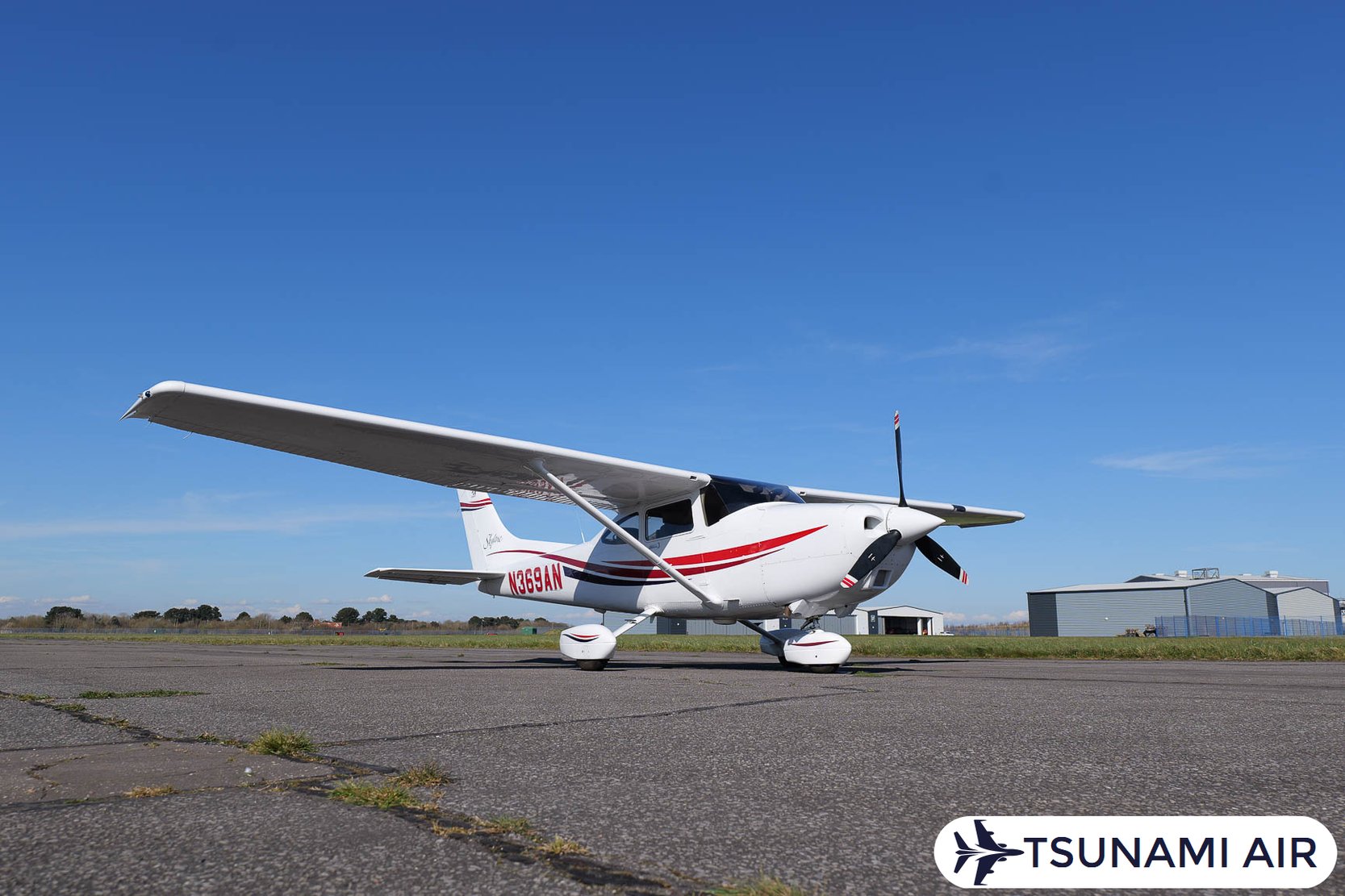
USD $215,000.00
Single EngineReg Number
N369AN
Total Time
1663 hrs
Location
United Kingdom
Year
2000
Seller: AT Aviation
Phone: +441404642006
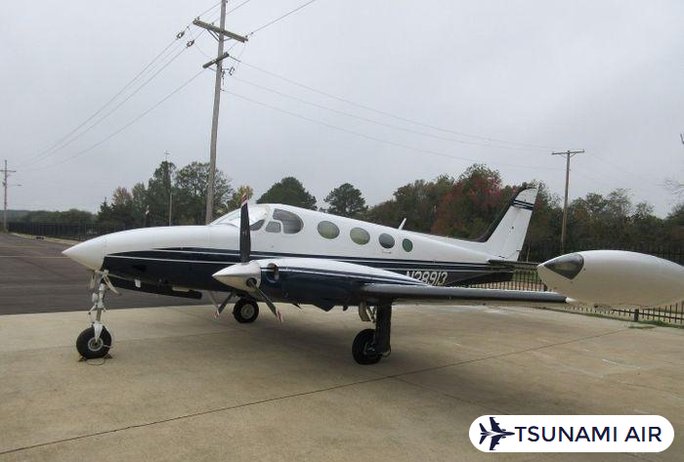
USD $149,950
Twin EngineReg Number
N28913
Total Time
3598 hrs
Location
United States
Year
1973
Seller: Select Aviation Services LLC
Phone: (601) 941-5800
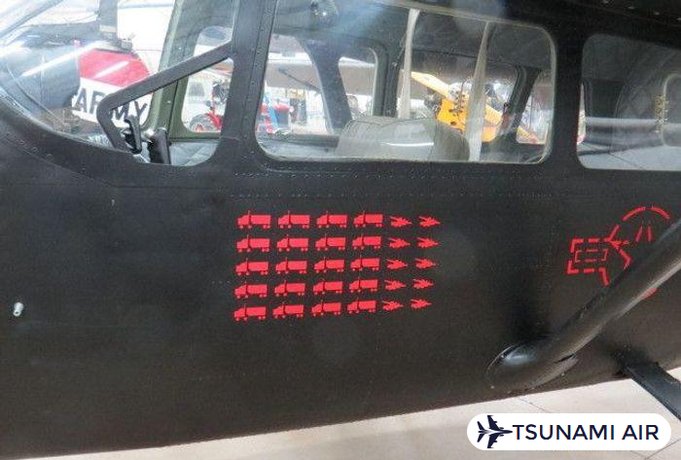
USD $Call for Price
Twin EngineReg Number
Not Listed
Total Time
6471 hrs
Location
United States
Year
1967
Seller: Golden Age Aeroplanes
Phone: (360) 477-3100
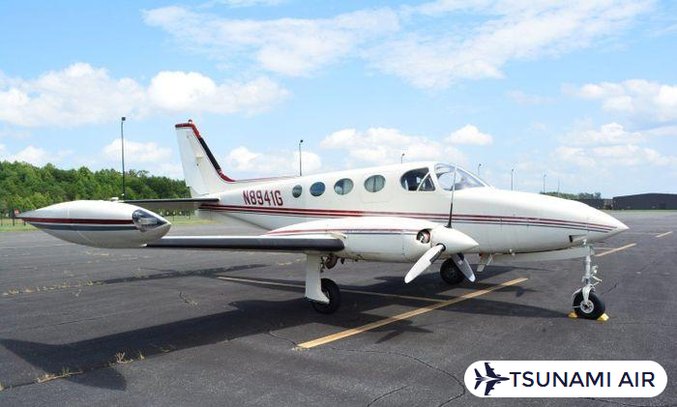
USD $199,000
Twin EngineReg Number
N8941G
Total Time
5469 hrs
Location
United States
Year
1977
Seller: N/A
Phone: (804) 387-9542
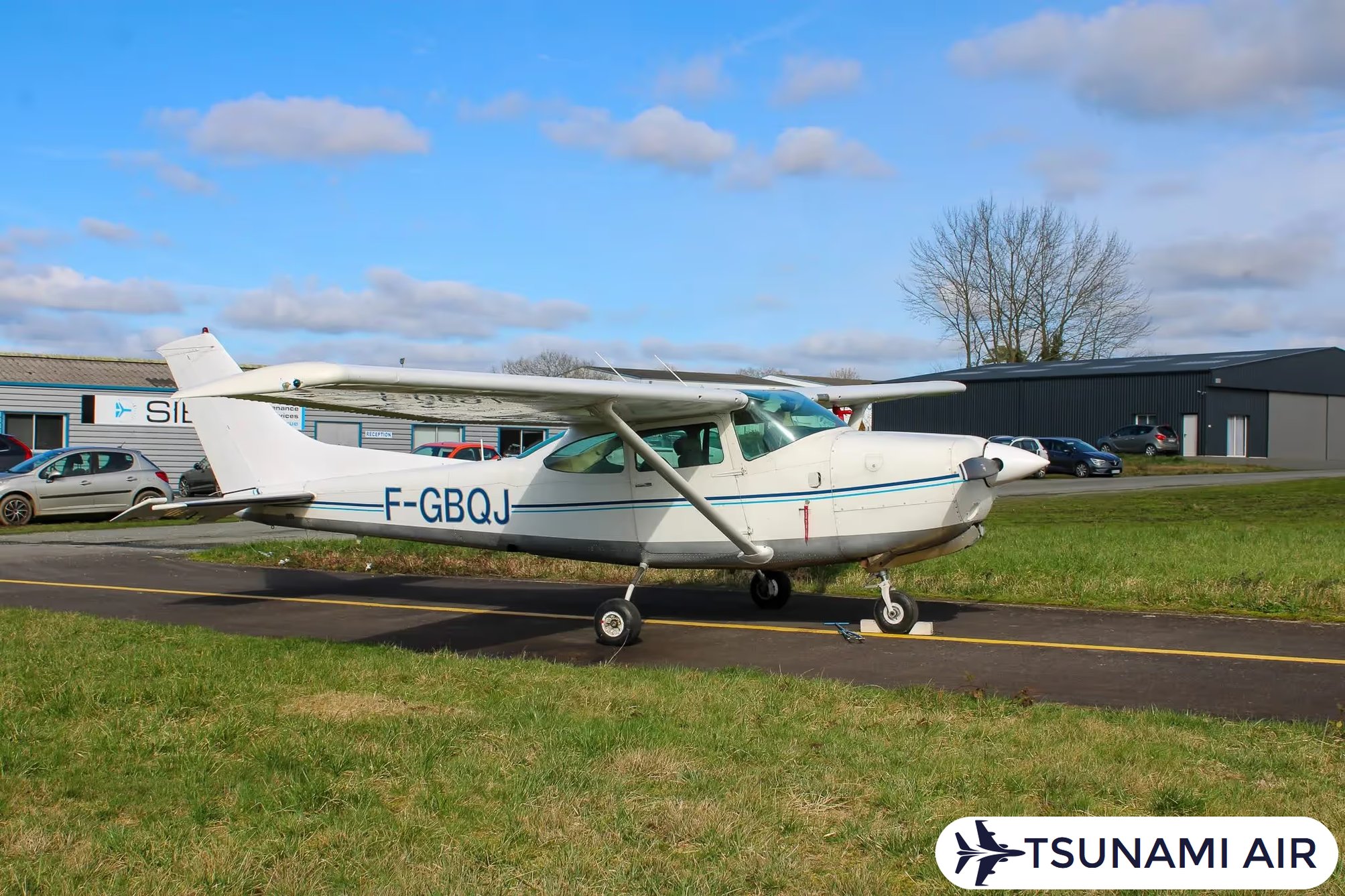
USD $200,000.00
Single EngineReg Number
F-GBQJ
Total Time
7619 hrs
Location
United Kingdom
Year
1979
Seller: AT Aviation
Phone: +441404642006
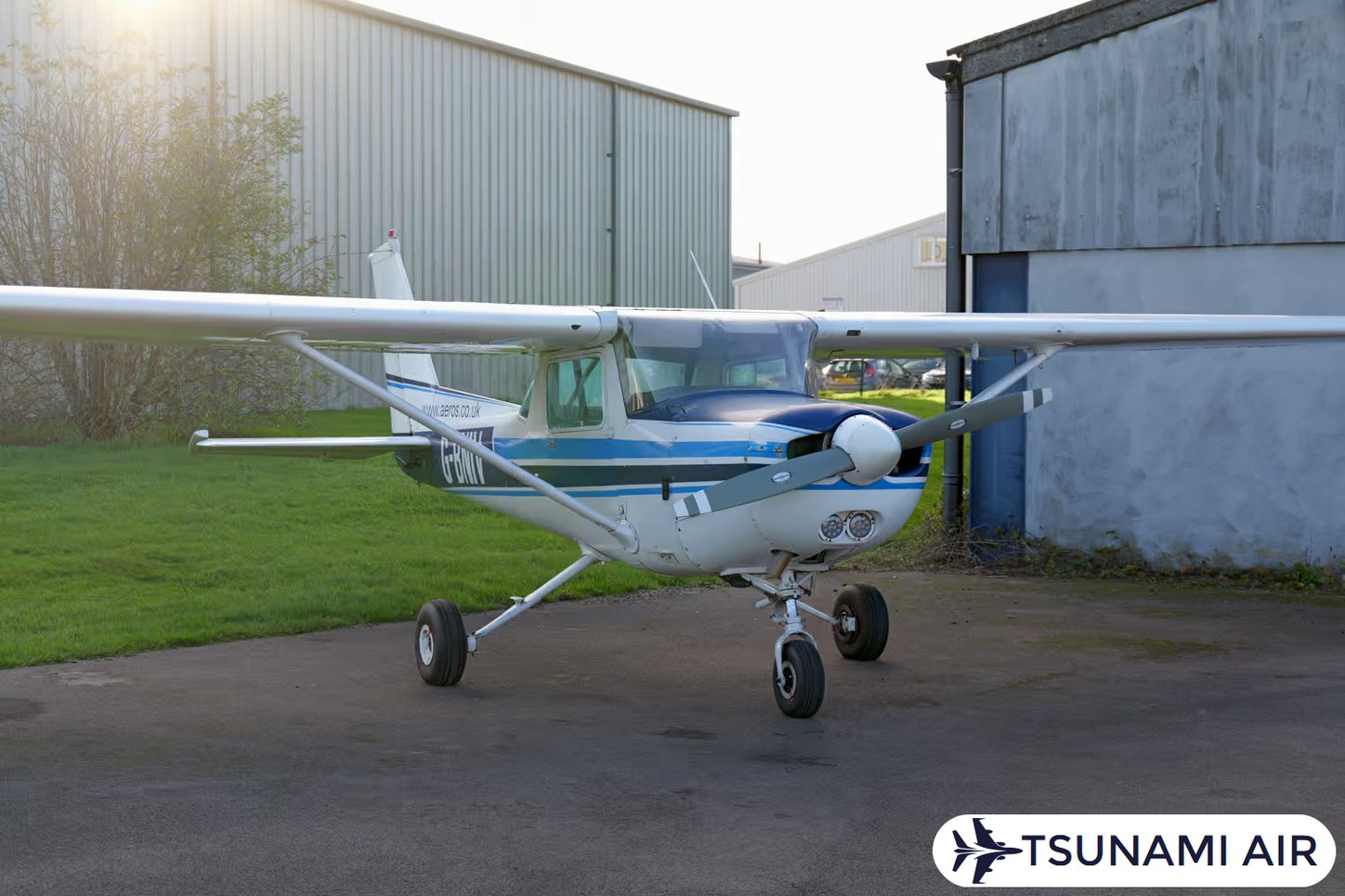
USD $65,000.00
Single EngineReg Number
G-BNIV
Total Time
8988 hrs
Location
United Kingdom
Year
1981
Seller: AT Aviation
Phone: +441404642006
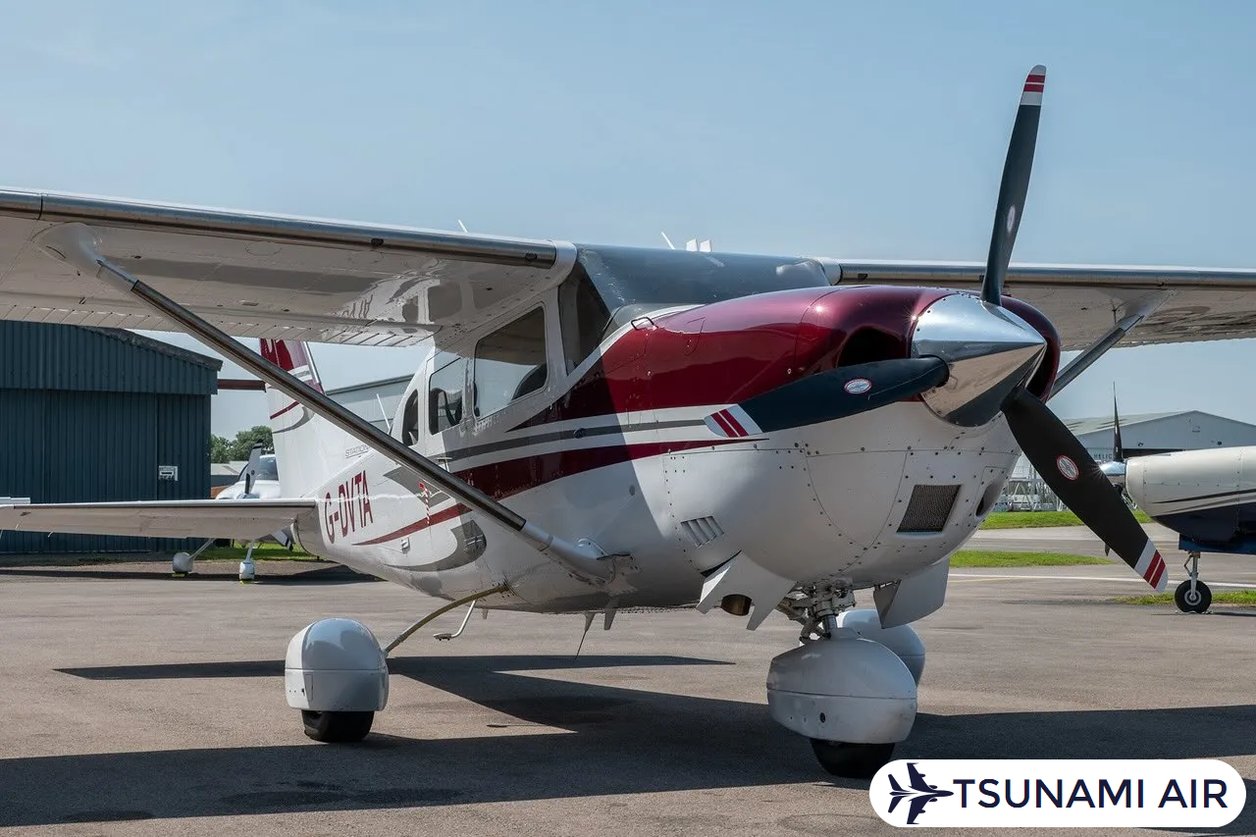
USD $430,000.00
Single EngineReg Number
G-DVTA
Total Time
1784 hrs
Location
United Kingdom
Year
2007
Seller: AT Aviation
Phone: +441404642006
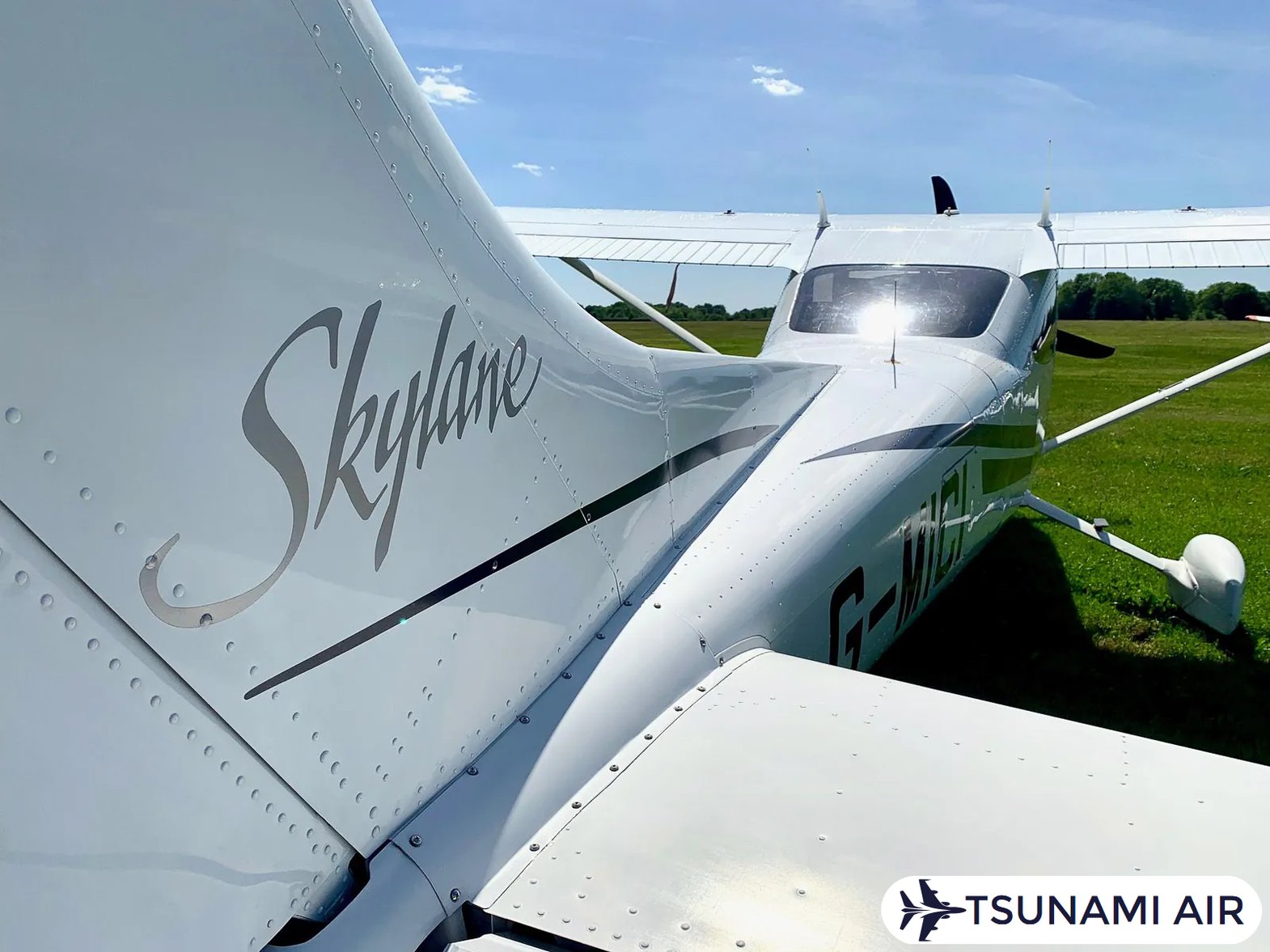
USD $30,000.00
Single EngineReg Number
G-MICI
Total Time
2598 hrs
Location
United Kingdom
Year
1999
Seller: AT Aviation
Phone: +441404642006
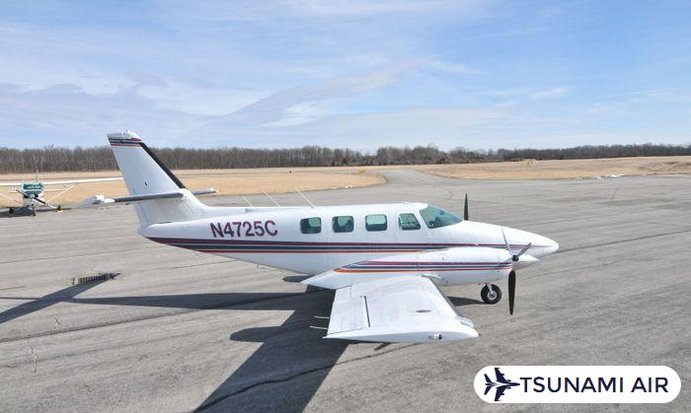
USD $190,000
Twin EngineReg Number
N4725C
Total Time
7317 hrs
Location
United States
Year
1982
Seller: TAS Aviation Aircraft Sales LLC
Phone: (419) 890-1364

USD $37,500.00
Single EngineReg Number
G-ASMS
Total Time
4921 hrs
Location
United Kingdom
Year
1961
Seller: AT Aviation
Phone: +441404642006
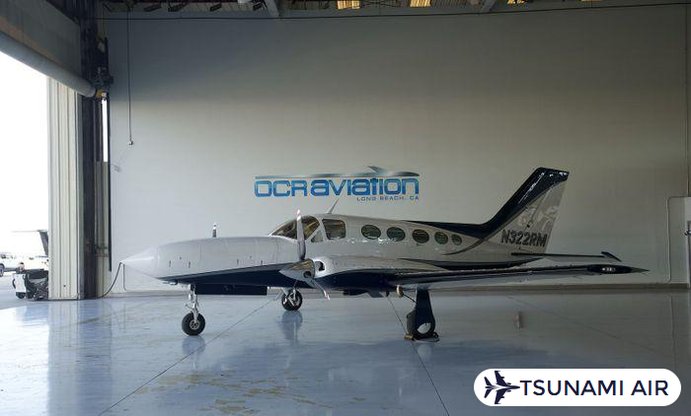
USD $770,000
Twin EngineReg Number
N322RM
Total Time
5690 hrs
Location
United States
Year
1982
Seller: N/A
Phone: (562) 426-5331

USD $358,500.00
Single EngineReg Number
G-RDDM
Total Time
997.7 hrs
Location
United Kingdom
Year
2015
Seller: AT Aviation
Phone: +441404642006
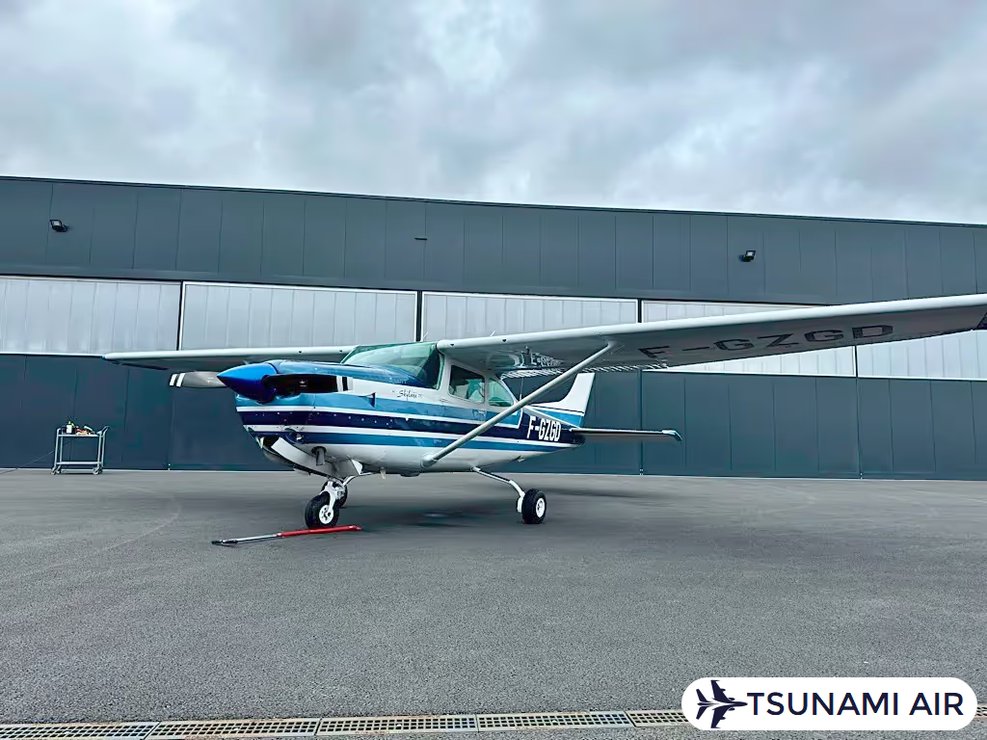
USD $200,000.00
Single EngineReg Number
F-GZGD
Total Time
3757 hrs
Location
United Kingdom
Year
1979
Seller: AT Aviation
Phone: +441404642006

USD $119,500.00
Single EngineReg Number
G-CDXI
Total Time
6860 hrs
Location
United Kingdom
Year
1975
Seller: AT Aviation
Phone: +441404642006
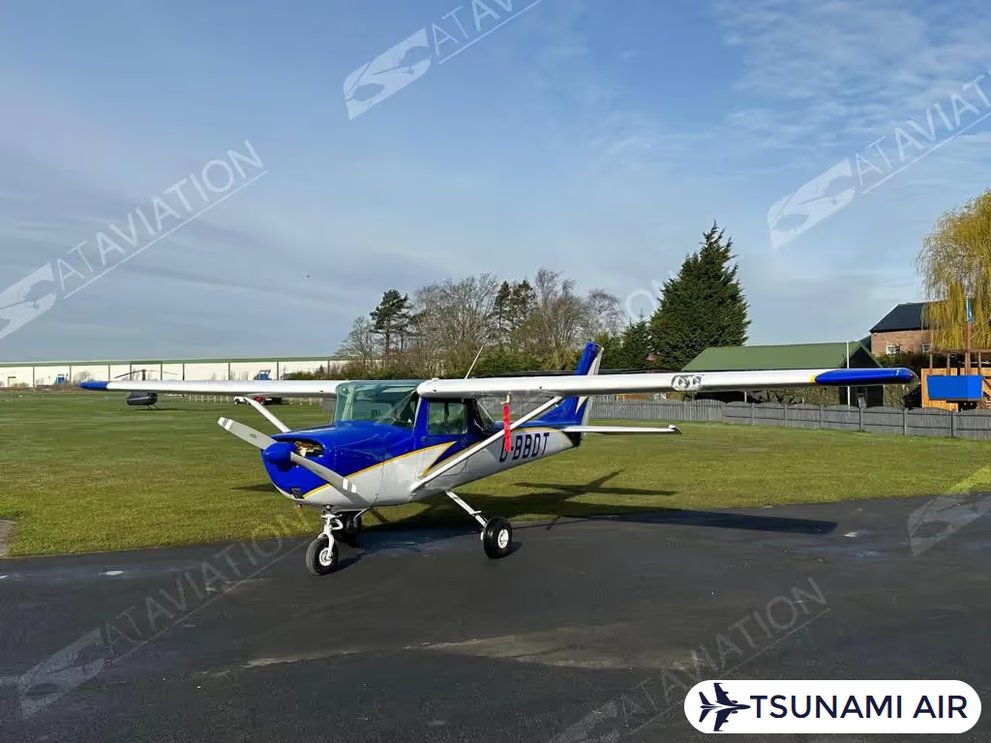
USD $49,995.00
Single EngineReg Number
G-BBDT
Total Time
9486 hrs
Location
United Kingdom
Year
1968
Seller: AT Aviation
Phone: +441404642006
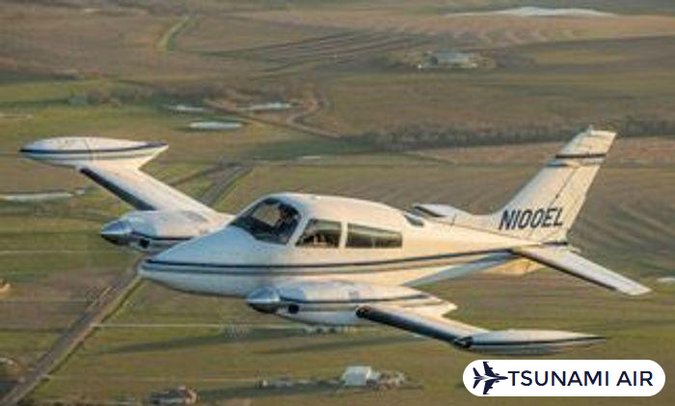
USD $295,000
Twin EngineReg Number
N100EL
Total Time
4400 hrs
Location
United States
Year
1973
Seller: N/A
Phone: (512) 426-7205
The Cessna airplane brand is an American brand of general aviation aircraft known for high-quality, reliable planes. Cessna, part of Textron Aviation, offers a diverse lineup including the Cessna 172 Skyhawk and Citation series. Cessna contributes to Wichita's reputation as a hub for general aviation aircraft manufacturing.
Cessna Aircraft Company operates as a key manufacturer in the general aviation sector. The company produces models like the Cessna 172 Skyhawk, which is one of the most popular training aircraft globally, and the Citation series, a line of business jets. Over 100,000 single-engine aircraft have been manufactured by Cessna, solidifying its reputation as a leading nameplate in aviation. Textron Aviation, the parent company, ensures that Cessna continues to thrive under its corporate ownership while maintaining its legacy in general aviation.
Wichita, Kansas, serves as the headquarters for Cessna Aircraft Company and benefits from its historical importance. Cessna played a pivotal part in establishing Wichita as a global hub for aircraft manufacturing. Decades of operation allowed Cessna to contribute to the growth of the aviation industry, with innovations like high-wing light aircraft designs becoming hallmarks of the brand. Under Textron Aviation’s aerospace division, Cessna maintains its influence on both regional and international levels.
Textron Aviation oversees Cessna as part of its corporate structure, assimilating the brand into a broader aerospace portfolio. General Dynamics Corporation acquired Cessna in 1985 before Textron Inc. purchased it in 1992. The acquisition positioned Textron Aviation as a major player in the aviation market, with Cessna and Beechcraft brands operating under its umbrella. Textron Aviation’s resources enable Cessna to expand its product line, which includes single-engine piston planes, turboprop aircraft, and business jets.
Cessna Aircraft Company demonstrates a commitment to producing reliable and versatile aircraft. The company adapts to modern demands by incorporating advanced technologies into its designs. Partnerships, namely the one with Reims Aviation in France, highlight Cessna’s global reach and ability to meet diverse aviation needs. Continuous innovation defines Cessna’s contributions to the aviation industry, guaranteeing the brand remains synonymous with quality and efficiency.
Cessna manufactures different types of planes including business jets like the Citation series, single-engine piston aircraft like the Cessna 172, and twin-engine models like the Cessna 421C. The Citation series features Citation CJ3, CJ4 Gen3, and Latitude, offering a 4 passenger range and maximum range for efficient operations.
The types of planes that Cessna manufactures are listed below.
Single-engine piston aircraft form the backbone of Cessna’s product lineup. These aircraft utilize piston engines and feature light airframes designed for efficiency and versatility. The Cessna 172 Skyhawk, powered by a 180-horsepower Lycoming engine, stands out as the most produced aircraft in aviation history. Its high-wing design ensures excellent visibility and stability, making it ideal for flight training and personal flying. Other notable models include the Cessna 182 Skylane, equipped with a 230-horsepower Lycoming IO-540-AB1A5 engine, and the turbocharged T182 variant, offering a 235-horsepower Lycoming TIO-540-AK1A engine. Textron Aviation reintroduced the Turbo Skylane in 2023, emphasizing its demand among pilots seeking high-performance single-engine piston aircraft. The Cessna T206 Stationair, known for its robust design and versatility, features a high-wing configuration that enhances visibility and stability.
Turboprop aircraft like the Cessna Caravan are engineered with turboprop engines optimized for regional performance and utility roles. These aircraft excel in short takeoff and landing capabilities, making them suitable for diverse operating environments. The Caravan, equipped with a turboprop engine, handles both cargo and passenger transport efficiently. Over 10,000 units of the T206 Stationair have been produced, showcasing its popularity in roles ranging from personal use to bush flying. Turboprop aircraft leverage advanced avionics and durable airframes to deliver economical operation and reliable performance customised for regional transportation tasks.
Business jet aircraft in Cessna’s portfolio feature jet propulsion systems and corporate configurations designed for speed, range, and comfort. The Citation series exemplifies this segment, incorporating advanced avionics and signature design elements. Models like the Citation CJ3, CJ4 Gen3, and Latitude offer ranges exceeding 2,000 nautical miles, catering to corporate travel needs. Recent Citation variants, like the Citation X+ and Citation Longitude, integrate cutting-edge glass cockpits and luxurious interiors. Jet propulsion systems in these aircraft utilize advanced turbofan engines, providing efficiency and high-speed capabilities. The Citation series remains a hallmark of Textron Aviation’s commitment to innovation in business aviation.
Cessna manufactures twin-engine aircraft, including models like the Cessna 421C. These aircraft provide increased safety and performance for specific operational requirements. Twin-engine designs incorporate redundant systems to guarantee reliability during missions. Although Cessna no longer produces twin-engine piston aircraft, models like the Cessna 310 and Cessna 421 remain in aviation history. Twin-engine aircraft address the needs of operators requiring additional power and redundancy for demanding flight conditions.
The different Cessna plane models include the Cessna 120, Cessna 140, Cessna 150, Cessna 152, Cessna 160, Cessna 162 Skycatcher, Cessna 170, Cessna 172 Skyhawk, Cessna 180/185 Skywagon, Cessna 182 Skylane, and the Cessna Airmaster series. Cessna produces the Citation series and turboprop models like the Caravan.
The different Cessna plane models are given in the table below.
Model | Engine | Maximum Speed (Knots) | Range (Nautical Miles) | Seating Capacity | Special Features |
Cessna 120 | Continental O-200 | N/A | N/A | 2 | Basic Trainer |
Cessna 140 | Continental O-200 | N/A | N/A | 2 | Enhanced Trainer |
Cessna 150 Light Trainer | Continental O-200 (100-hp) | 109 | 450 | 2 | Entry-Level |
Cessna 152 Light Trainer | Lycoming O-235 (110 hp) | Improved over 150 | Improved over 150 | 2 | Improved Trainer |
Cessna 160 | N/A | N/A | N/A | N/A | N/A |
Cessna 162 Skycatcher | N/A | N/A | N/A | N/A | Light Sport Utility Aircraft |
Cessna 170 | N/A | N/A | N/A | N/A | High-Wing Design |
Cessna 172 Skyhawk | Lycoming IO-360-L2A | 122 | 638 | 4 | Utility/Heavy |
Cessna 180/185 Skywagon | Continental O-470 | N/A | N/A | N/A | Enhanced 172 |
Cessna 182 Skylane | Continental O-470-U | 150 | 915 | 4 | Early Series |
Cessna Airmaster | N/A | N/A | N/A | N/A | Large Utility |
Cessna 206 Stationair | Continental IO-520 | 138 | Not Specified | 5-6 | Retractable Gear |
Cessna 210 Centurion | Continental IO-520 | 170 | 1,000 | Not Specified | Pressurized Cabin |
Cessna 310 Twin-Engine | Two Continental IO-470 | 230 | 1,200 | Not Specified | Pressurized Cabin |
Cessna 320 Twin-Engine | Two Continental IO-470 | Similar to 310 | Similar to 310 | Not Specified | Business Use |
Cessna 402 Twin-Engine | Two Continental TSIO-520 | 215 | Not Specified | 9 | Executive Travel |
Cessna 414 Chancellor | Two Continental TSIO-520 | 235 | 1,200 | Not Specified | Luxury Transport |
Cessna 421 Golden Eagle | Two Continental GTSIO-520 | 250 | Not Specified | Not Specified | Versatile Utility |
Cessna Caravan Turboprop | Pratt & Whitney PT6A | 170 | Not Specified | Up to 14 | Business Class |
Cessna 441 Conquest II Turboprop | Two Garrett TPE331 | 340 | Not Specified | Not Specified | Very Light Jet |
Cessna Citation Mustang Business Jet | Two Pratt & Whitney PW615F | 340 | 1,150 | Not Specified | Efficient Jet |
Cessna Citation Light Jet | Two Williams FJ44 | 350 | 1,500 | Not Specified | Fastest |
Cessna Citation X Supersonic Jet | Two Rolls-Royce AE 3007C | 528 | 3,000 | Not Specified | Business |
Cessna Citation Sovereign Mid-Size | Two Pratt & Whitney PW306 | 453 | 3,100 | Not Specified | Long-Range Jet |
Cessna Citation Latitude Mid-Size | Two Pratt & Whitney PW306D | 454 | 2,700 | Not Specified | Extended Range |
The Cessna 150 Light Trainer and Cessna 152 Light Trainer represent foundational models in the single-engine category. The Cessna 150 Light Trainer operates with a Continental O-200 engine producing 100 hp, achieving a maximum cruise speed of 109 knots (125 mph) and a range of 450 nautical miles. The Cessna 152 Light Trainer improves upon the Cessna 150 with a Lycoming O-235 engine producing 110 hp, boosting both range and handling characteristics. The Cessna 172 Skyhawk Light Utility Aircraft stands out as one of the most produced aircraft globally, featuring a high-wing configuration for stability and visibility. Newer models of the Cessna 172 Skyhawk Light Utility Aircraft are powered by a Lycoming IO-360-L2A engine, reaching a maximum speed of 122 knots (140 mph) and offering a range of 638 nautical miles. The Cessna 182 Skylane Utility Aircraft builds on the Cessna 172 with increased power and payload capacity, utilizing a Continental O-470-U engine to achieve a maximum speed of 150 knots (172 mph) and a range of 915 nautical miles. The Cessna 206 Stationair Utility Aircraft serves larger utility roles, equipped with a Continental IO-520 engine enabling a maximum cruise speed of 138 knots (159 mph) and accommodating seating for 5–6 passengers. The Cessna 210 Centurion High-Performance Aircraft incorporates retractable landing gear and advanced avionics, powered by a Continental IO-520 engine to reach a maximum speed of 170 knots (196 mph) with a range of 1,000 nautical miles.
Twin-engine models like the Cessna 310 Twin-Engine Aircraft and Cessna 320 Twin-Engine Aircraft feature pressurized cabins for better comfort at higher altitudes. The Cessna 310 Twin-Engine Aircraft utilizes two Continental IO-470 engines, achieving a maximum speed of 230 knots (265 mph) and a range of 1,200 nautical miles. The Cessna 320 Twin-Engine Aircraft mirrors the Cessna 310 but includes a pressurized cabin for extended flight durations. The Cessna 402 Twin-Engine Aircraft employs two Continental TSIO-520 engines, reaching a maximum speed of 215 knots (247 mph) and accommodating seating for nine passengers. The Cessna 414 Chancellor Twin-Engine Aircraft offers a pressurized cabin and is powered by two Continental TSIO-520 engines, achieving a maximum speed of 235 knots (270 mph) with a range of 1,200 nautical miles. The Cessna 421 Golden Eagle Twin-Engine Aircraft represents a high-performance design with two Continental GTSIO-520 engines, reaching a maximum speed of 250 knots (288 mph) and offering luxury and reliability for executive travel.
The Cessna Caravan Turboprop Aircraft demonstrates versatility in utility transport roles, powered by a Pratt & Whitney PT6A turboprop engine. The Cessna Caravan Turboprop Aircraft achieves a maximum speed of 170 knots (196 mph) and accommodates seating for up to 14 passengers, making it suitable for cargo, passenger, and special missions. The Cessna 441 Conquest II Turboprop Aircraft serves business and personal transport needs, featuring two Garrett TPE331 engines to reach a maximum speed of 340 knots (391 mph).
The Citation series includes business jets like the Cessna Citation Mustang Very Light Jet, which targets entry-level business aviation. The Cessna Citation Mustang Business Jet utilizes two Pratt & Whitney Canada PW615F engines, achieving a maximum speed of 340 knots (391 mph) with a range of 1,150 nautical miles. The Cessna Citation Light Jet ensures efficient performance with two Williams FJ44 engines, reaching a maximum speed of 350 knots (402 mph) and offering a range of 1,500 nautical miles. The Cessna Citation X Supersonic Jet ranks among the fastest business jets, powered by two Rolls-Royce AE 3007C engines to achieve a maximum speed of 528 knots (608 mph, Mach 0.92) with a range of 3,000 nautical miles. The Cessna Citation Sovereign Mid-Size Jet emphasizes long-range capabilities, utilizing two Pratt & Whitney Canada PW306 engines to reach a maximum speed of 453 knots (521 mph) and offering a range of 3,100 nautical miles. The Cessna Citation Latitude Midsize Jet provides extended range capabilities, powered by two Pratt & Whitney Canada PW306D engines to achieve a maximum speed of 454 knots (522 mph) with a range of 2,700 nautical miles.
The differences between a Cessna 170 and a Cessna 180 include engine power, range, and cargo capacity. The Cessna 180 has greater power, faster performance, and suits higher altitudes. The Cessna 170 offers lower operational costs and excels in STOL capabilities. Suitability depends on owner needs, range, and benefits sought.
The differences between a Cessna 170 and a 180 are explained in the table below.
Feature | Cessna 170 | Cessna 180 |
Engine Power (Horsepower) | 145 hp | 230 hp |
Cruise Speed | 105-110 knots | 142 knots |
Fuel Capacity | 38 gallons (143.8 liters) | 55 gallons (208 liters) |
Operational Range | Not specified | 890 nautical miles |
Payload Capacity | Lower | Higher |
Airframe Design | Simpler, STOL capabilities | Taller, wider, robust |
Cabin Profile | Lower profile, better visibility | More interior space, baggage capacity |
Introduction Year | Late 1940s | Early 1950s |
Primary Use | Family, training | Enhanced power, utility missions |
The Cessna 180 engine power is higher, producing 230 horsepower compared to the Cessna 170 engine power of 145 horsepower. This difference in engine power allows the Cessna 180 to achieve a cruise speed of 142 knots, whereas the Cessna 170 cruise speed is around 105-110 knots. The increased power of the Cessna 180 enhances its climb rate and overall performance at higher altitudes, making it more suitable for demanding missions.
The fuel capacity of the Cessna 170 is 38 gallons (143.8 liters), limiting its operational range. The Cessna 180 fuel capacity is about 55 gallons (208 liters), contributing to an extended operational range of 890 nautical miles (1648 kilometers). The larger fuel tanks of the Cessna 180 allow for longer flights without refueling. The Cessna 180 payload capacity is higher, enabling it to carry heavier loads and support more passengers or cargo compared to the Cessna 170.
The airframe design of the Cessna 170 emphasizes simplicity and ease of handling, making it ideal for short takeoff and landing (STOL) operations. The lower cabin profile of the Cessna 170 provides better forward visibility, which benefits pilots during landings. The Cessna 180 structural robustness supports its ability to handle heavier loads and operate in challenging conditions. The Cessna 180 features a taller and wider airframe, offering more interior space and baggage capacity compared to the Cessna 170.
The Cessna Aircraft Company introduced the Cessna 170 in the late 1940s as a reliable family and training airplane. The Cessna 180 followed in the early 1950s, emphasizing upgraded power and capability. Both models highlight the production legacy of the company, with the Cessna 170 excelling in affordability and handling while the Cessna 180 offers superior performance and utility.
The differences between the Cessna 152, 172, and 182 are explained in the table below.
Feature | Cessna 152 | Cessna 172 | Cessna 182 |
Engine Model | Lycoming O-235 | Lycoming IO-360 | Lycoming IO-540 |
Engine Power (HP) | 108 HP | 160 HP | 230 HP |
Seating Capacity | 2 seats | 4 seats | 4 seats |
Fuel Capacity | 26 gallons (98.4 liters) | 56 gallons (211.9 liters) | 88 gallons (333.1 liters) |
Useful Load | 560 lbs (254 kg) | 910 lbs (413 kg) | 1,110 lbs (504 kg) |
Cruise Speed | 110 knots | 122 knots | 150 knots |
Range | ~470 NM (~870 km) | ~696 NM (~1,289 km) | >900 NM (>1,667 km) |
Wing Design | High-wing | High-wing | High-wing |
Special Features | Basic trainer | Stability & visibility | High performance endorsement |
The differences between the Cessna 152, 172, and 182 are in their engine power, seating capacity, fuel capacity, useful load, cruise speed, and overall performance capabilities. Cessna 152 integrates a Lycoming O-235 engine producing 108 horsepower, while Cessna 172 utilizes a Lycoming IO-360-L2A engine with 160 horsepower. Cessna 182 features a six-cylinder Lycoming IO-540 engine generating 230 horsepower, offering superior performance. Cessna 152 accommodates two seats, whereas Cessna 172 and Cessna 182 provide seating for four occupants. Fuel capacity increases across the models, with Cessna 152 holding 26 gallons (98.4 liters), Cessna 172 carrying 56 gallons (211.9 liters), and Cessna 182 storing 88 gallons (333.1 liters). Useful load capacities differ , as Cessna 152 supports 560 pounds (254 kilograms), Cessna 172 handles 910 pounds (413 kilograms), and Cessna 182 manages up to 1,110 pounds (504 kilograms).
Cessna 152 integrates a Lycoming O-235 engine producing 108 horsepower, while Cessna 172 utilizes a Lycoming IO-360-L2A engine generating 160 horsepower. Cessna 182 features a six-cylinder Lycoming IO-540 engine with 230 horsepower, making it the most robust single-engine option among the three. Cruise speeds increase accordingly, with Cessna 152 achieving 110 knots, Cessna 172 reaching 122 knots, and Cessna 182 cruising at 150 knots. The superior performance of Cessna 182 becomes evident in its ability to handle higher altitudes and heavier payloads compared to Cessna 172 and Cessna 152.
Cessna 152 accommodates two occupants, whereas Cessna 172 and Cessna 182 provide seating for four people. Useful load capacities further differentiate the aircraft, with Cessna 152 managing 560 pounds (254 kilograms), Cessna 172 handling 910 pounds (413 kilograms), and Cessna 182 managing up to 1,110 pounds (504 kilograms). These payload differences directly affect the range of missions each aircraft can perform, from basic training in the Cessna 152 to more demanding operations in the Cessna 182.
Cessna 152 holds 26 gallons (98.4 liters) of fuel, providing a shorter range suitable for local flights. Cessna 172 increases this capacity to 56 gallons (211.96 liters), allowing for extended missions and a range of 696 nautical miles (1289.04 kilometers). Cessna 182 expands fuel storage to 88 gallons (333.16 liters), enabling a range exceeding 900 nautical miles (1666.8 kilometers). These fuel system designs reflect the growing demands placed on each successive model, with optional tanks available in some configurations to enhance endurance.
Cessna 172 incorporates a high-wing design that enhances stability and visibility, traits common to Cessna planes. Cessna 182 builds on this foundation with advanced performance traits, including superior climb rates and payload optimization, requiring a high-performance endorsement for pilots. Wing design and aerodynamic efficiency remain consistent across Cessna 172 and Cessna 182, underscoring the brand heritage of Cessna Aircraft Company. Each model serves specific pilot needs, from the economical Cessna 152 for initial training to the versatile Cessna 172 and the robust Cessna 182 for advanced operations.
Cessna planes depend on the model for fuel efficiency. Single-engine models like the Cessna 152 provide around 20 mpg, which is economical. Twin-engine models like the Cessna 310 achieve about 8 mpg due to added weight and drag. Efficiency in aviation impacts operating costs and environmental effects.
Training aircraft like the Cessna 150 and 152 consume 5 to 9 gallons (19 to 34 liters) per hour, achieving a fuel economy of 12 to 22 miles (19 to 35 kilometers) per gallon (3.8 liters) at an average cruise speed of 110 mph (177 kph). Private use models like the Cessna 172 burn around 7 (26.5 liters) to 10 (37.9 liters) gallons per hour, with a fuel efficiency rating near 13 to 18 miles per gallon. Commercial variants like the Citation CJ4 demonstrate higher fuel consumption, burning 160 (605.67 liters) to 240 (908.53 liters) gallons per hour during different flight phases, yet maintain aerodynamic efficiency for jet-class performance. Smaller piston-engine models prioritize cost-effectiveness for training, while larger jets emphasize engine performance power output for speed and range.
The Cessna 172 achieves 13 mpg at cruise speeds, making it competitive against other light aircraft in its category. Twin-engine models like the Cessna 310 consume about 8 mpg due to increased drag and weight, aligning with industry benchmarks for small twin-engine planes. Cessna planes’ aerodynamic efficiency ensures moderate drag profiles, refining fuel efficiency gallon per hour measurement across various models. Cessna's designs remain practical for short-haul flights and pilot training, with model-specific fuel data reflecting reliable performance within their class.
Cruising altitude impacts engine performance thrust efficiency, with higher altitudes amplifying fuel economy in jet models like the Citation CJ4. Load factors affect fuel burn, as heavier payloads increase hourly fuel burn rates. Smaller models like the Cessna 152 operate efficiently at lower speeds, consuming 5 (19 liters) to 9 (34 liters) gallons per hour under typical conditions. Buyers benefit from understanding these variables when selecting aircraft for specific missions, while regulators analyze fuel efficiency fuel economy ratings to assess environmental impact. Environmental analysts focus on aircraft fuel consumption hourly fuel burn to evaluate sustainability in aviation operations.
The features of Cessna private planes include advanced avionics, aerodynamic designs, luxurious cabins, robust safety systems, and customizable options.
The features of a Cessna private plane are outlined below.
The features of Cessna private planes include advanced avionics, aerodynamic designs, luxurious cabins, robust safety systems, and customizable options.Flight control system responsiveness ensures precise handling, even in turbulent conditions, aided by stable flight characteristics. Automated systems like altitude and heading adjustments enhance safety and operational ease. Safety systems redundancy includes backup mechanisms for pivotal functions, allowing continued operation during unit failures. Alert systems provide comprehensive warnings for potential hazards, complemented by emergency oxygen and fire suppression equipment. Certification processes rigorously test each model to meet or exceed FAA and EASA standards.
Customization options upgrades allow owners to tailor their aircraft extensively. Interior finishes include high-end materials and configurations, while avionics upgrades guarantee compliance with evolving regulations. Layout configurations cater to specific operational needs, offering flexibility in functionality and aesthetics. Advanced engine systems refine fuel efficiency and reduce environmental impact, aligning with modern aviation demands. Aerodynamic design efficiency reduces drag, contributing to better performance and stability during flight maneuvers. Control surfaces are engineered for precise inputs, boosting maneuverability across all models. Customization options flexibility ensures that Cessna aircraft can adapt to diverse requirements, from personal flying to business charter operations.
Yes, Cessna still makes planes. Textron Aviation continues to produce various Cessna models, including piston planes like the Cessna 172 Skyhawk and business jets like the Citation series. The Wichita facility remains central to Cessna's production, recently celebrating milestones like the 400th Citation Latitude midsize business jet.
The cost of Cessna planes depends on new or used models. New Cessna 172 models range between $300,000 and $600,000, while used Cessna 172 models cost between $30,000 to $300,000 depending on condition, features, and upgrades.
New Cessna 172 models start at $359,000 for the base configuration in 2023, while higher-end versions with advanced avionics and custom features reach up to $600,000. Premium models like the 2025 Cessna T182T Skylane are priced at $990,000, reflecting their capabilities and larger size. Pricing for new aircraft varies based on included features like glass cockpit systems, engine specifications, and additional upgrades. Market demand and production timelines influence the final cost of new Cessna planes.
Used Cessna 172 prices range depending on factors like age, condition, and total flight hours. Older or poorly maintained aircraft sell for as low as $30,000, while newer models in excellent condition command prices between $235,000 and $300,000. Aircraft with average maintenance records cost around $70,000, while those with low flight hours are priced closer to $60,000. The broad price spectrum for used Cessna 172 models currently falls between $40,000 and $300,000, influenced by upgrades and overall condition.
Key considerations when purchasing a used Cessna include evaluating the aircraft’s age, total flight hours, and maintenance history. Upgrades like modern avionics or engine overhauls directly impact resale value. Conducting a thorough pre-purchase inspection ensures identification of potential issues affecting long-term costs. Buyers research market trends to determine fair pricing for used aircraft. These steps help guarantee a reliable and cost-effective investment in a Cessna plane.
The typical maintenance costs of owning a Cessna plane include annual inspection fees around $1,700 per year and variable costs like fuel and maintenance per hour ranging from $15 to $30. Maintenance reserves cover engine overhauls occurring every 1,800 to 2,400 hours. Total operational costs average between $100 and $200 per hour.
Engine overhauls represent an expense for Cessna owners, costing $10,000 or more. These overhauls occur every 1,800 to 2,400 flight hours, requiring careful budgeting through maintenance reserves. Routine maintenance expenses for smaller aircraft like the Cessna Skyhawk average $5,000 to $10,000 annually. Fixed costs including hangar rent, insurance, and mandatory inspections range from $8,000 to $12,000 per year. Owners flying 100 hours or less annually face total costs of $17,000 to $30,000 per year. Higher usage scenarios result in increased expenses, with annual costs reaching $80,000 for 300 flight hours. Jet maintenance for 200 flight hours exceeds $200,000 annually with certainty. Basic maintenance averages $50 per flight hour, contributing to overall operating costs of $100 to $200 per hour.
The ideal buyer for a Cessna aircraft varies depending on their specific needs, financial capacity, and operational requirements. Private pilots with sufficient financial capacity prioritize Cessna models like the Skyhawk, costing between $340,000 and $500,000, for personal ownership. Flight schools rely on Cessna aircraft like the 172 for training due to their reliability and low operating costs. Business owners invest in versatile Cessna jets like the Citation CJ4, priced at millions, for efficient business travel. Corporate flight departments allocate budgets exceeding $5 million for Cessna jets to enhance operational efficiency. Aircraft charter operators select Cessna models like the Citation XLS+ to meet high client demand for reliable regional travel.
Private pilots with private pilot financial capacity prioritize models like the Skyhawk, priced between $340,000 and $500,000, for personal ownership. Flight schools meet flight school educational demand by utilizing Cessna aircraft like the 172 in their flight school training fleet due to reliability and low operating costs. Business owners allocate business owner capital investment toward versatile models like the Citation CJ4, costing millions, to support business owner business travel needs. Corporate flight departments enhance corporate flight department operational efficiency by selecting Cessna jets within a corporate flight department corporate budget exceeding $5 million. Aircraft charter operators manage aircraft charter operator charter demand using reliable Cessna models like the Citation XLS+ to guarantee aircraft charter operator service reliability.
Pilot experience, certifications, and technical knowledge play a part in determining suitability for Cessna aircraft ownership. First-time buyers seek affordable trainers like the Cessna 150/152 or 172 to build private pilot flight experience and earn ratings. Experienced pilots choose higher-performance models like the Cessna 182 or 210, which require advanced skills and offer greater hauling capacity. Flight schools rely on entry-level Cessna aircraft to provide stable platforms for students while scaling operations based on flight school operational scale. Business owners and corporate flight departments require pilots with extensive certifications to operate jets like the Citation series safely. Government agencies assure government agency regulatory compliance by employing qualified pilots for missions requiring specialized capabilities.
Budget constraints, financing options, and ongoing operational costs heavily influence the decision-making process for Cessna aircraft buyers. Private pilots evaluate private pilot financial capacity to afford acquisition costs ranging from $340,000 for a Skyhawk to over $20 million for a Citation jet. Flight schools balance flight school operational scale with maintenance and fuel expenses to sustain their flight school training fleet economically. Business owners calculate business owner capital investment against long-term benefits of flexible travel solutions provided by Cessna aircraft. Corporate flight departments allocate corporate flight department corporate budgets not only for purchase but for maintenance, insurance, and fuel efficiency. Aircraft charter operators maximize aircraft charter operator fleet utilization by selecting cost-effective yet reliable models that align with high client demand.
The Cessna 172 serves as an ideal trainer for flight schools, meeting educational demand while appealing to private pilots seeking private pilot personal ownership. The Citation CJ4 and XLS+ attract business owners desiring business owner flexibility for regional or transcontinental travel. Corporate flight departments achieve corporate flight department fleet expansion by investing in efficient Cessna jets customised to executive travel needs. Aircraft charter operators select versatile Cessna models like the Citation XLS+ to address diverse client requirements and provide consistent aircraft charter operator service reliability. Government agencies comply with government agency operational requirements by choosing durable Cessna aircraft adaptable for surveillance, transport, or emergency response missions.
Cessna planes are cost-effective for flight schools due to their reliability and ease of handling. The Cessna 152 is suitable for basic training, while the Cessna 172 offers advanced features. Both models are widely used in flight training and help reduce costs for private and commercial pilot programs.
Small flight schools operating on tight budgets favor the Cessna 152 for its low acquisition cost, ranging from $20,000 to $40,000 for used models. Larger institutions utilize the Cessna 172, which offers advanced capabilities for expert pilot training while maintaining affordability. The price range of Cessna aircraft models allows flight schools to select options fitting their budget and training infrastructure. Fuel efficiency and operational costs further enhance their appeal, with the Cessna 172 consuming 10-12 gallons (37.85-45.42 liters) per hour, reducing fuel expenses compared to other training aircraft.
The cost-effectiveness of Cessna planes stems from a balance between initial investment and long-term savings. Purchasing a new Cessna 172 requires an investment of $400,000 to $500,000, while used models range from $40,000 to $300,000 depending on condition and avionics. Operational costs average $100 to $200 per hour, including fuel, maintenance, and insurance expenses. Insurance premiums remain moderate, ranging from $250 to $1,400 annually. Strong resale value and depreciation rates allow flight schools to recover a portion of their investment during upgrades or sales. Maintenance costs, including routine repairs and overhauls, stay low due to widespread availability of parts and simple design, contributing to reduced labor expenses.
Key features of Cessna planes directly contribute to their cost-effectiveness in flight training environments. Reliability and ease of handling minimize downtime and repair expenses, maximizing student throughput. The stable aerodynamics and flight characteristics of the Cessna 172 make it ideal for both basic and advanced training scenarios. Durable construction limits the need for frequent replacements or major repairs, lowering total cost of ownership. These operational benefits align with regulatory demands, assuring compliance while maintaining efficiency in training programs. Flight schools achieve higher productivity by combining Cessna models into their fleets.
Beginner-friendly instruction relies on the Cessna 152, a compact two-seater with straightforward controls. Advanced training programs utilize the Cessna 172, which accommodates instrument and commercial ratings due to its better capabilities. Technical demands of flight schools are met through the aircraft's compatibility with modern avionics and safety systems. The variety of Cessna models provides flexibility for flight schools to tailor training programs to specific needs. Performance differences among models guarantee efficient use of resources while maintaining high standards in pilot education.
The pros and cons of buying a used Cessna plane are given in the table below.
Pros | Cons |
Used Cessna planes cost 20-40% (7-14%) less than new models | Maintenance, insurance, and hangar fees can reach $20,000-$50,000 annually depending on model |
Well-maintained Cessnas retain 60-80% (24-32%) of purchase price after 5-10 (1.5-3) years | Upgrades for GPS, ADS-B, and other systems can cost $10,000-$50,000 |
Cessna 172 has a safety record with fewer accidents per 100,000 (40,000) flight hours compared to industry average | Major overhauls (e.g., Lycoming or Continental engines) range from $25,000-$60,000 every 1,500-2,000 engine hours |
Cessna 172 offers speeds of 120-140 (222-259 km/h) knots, ranges up to 800 (1,482 km) nautical miles, and service ceilings of 13,500 (4,115 m) feet | Airframes older than 30 years may require significant repairs costing $10,000+ annually |
Cessna 172 consumes ~8-10 (30-38 L) gallons per hour, making it economical for short trips | Planes with frequent ownership changes may have inconsistent maintenance records, increasing risks of hidden issues |
Depreciation deductions and potential rental income generation add financial benefits | Non-compliant modifications may lead to grounding until rectified, at costs of $5,000+ |
A thorough inspection ensures airworthiness certification compliance and identifies mechanical/structural issues early | Parts like landing gear and hydraulics wear out faster in older planes, leading to higher repair bills averaging $2,000-$10,000 annually |
The pros and cons of buying a used Cessna plane include cost savings and reliable performance as pros, while cons encompass high ongoing maintenance costs and potential issues with older avionics. Buying a used Cessna plane provides cost savings, allowing pilots to acquire larger or higher-performance models for less money. Cessnas maintain strong resale value when well-maintained, and their reputation for reliability ensures consistent performance. Owners benefit from potential tax advantages and the ability to generate rental income by leasing the aircraft. High ongoing expenses, including maintenance, insurance, and hangar fees, reduce long-term savings. Older planes require costly avionics upgrades and engine overhauls, which rival the initial purchase price.
Cessna reputation ensures reliability and durability, contributing to strong safety records and historical safety. Flight performance speed, range, maneuverability, and altitude capabilities make Cessna models suitable for various missions, from short trips to longer journeys requiring higher climb rates and service ceilings. A used Cessna plane offers cost savings due to depreciation value reduction over time, with some models maintaining good resale value market value if well-maintained. Thorough aircraft maintenance records, maintenance history and pre-purchase inspection inspection reports verify airworthiness certificate certification status and regulatory compliance, reducing risks associated with unknown structural or mechanical issues.
Engine hours directly affect longevity and operating costs and maintenance expenses in older planes needing frequent inspections and potential overhauls. Navigation capabilities, communication systems, and automation levels require upgrades in aging aircraft, adding to initial investment costs. Insurance premiums and hangar fees further contribute to ongoing ownership expenses, impacting long-term affordability.
Age influences structural integrity and the need for costly repairs or replacements. Older airframes experience higher maintenance expenses due to wear and aging components. Number of owners and usage history play vital roles in determining condition and future reliability. Modifications recorded in ownership history impact airworthiness and certification status, requiring buyers to check all changes comply with aviation standards. Pre-purchase inspections assess mechanical condition and identify potential issues that escalate into expenses without proper attention.